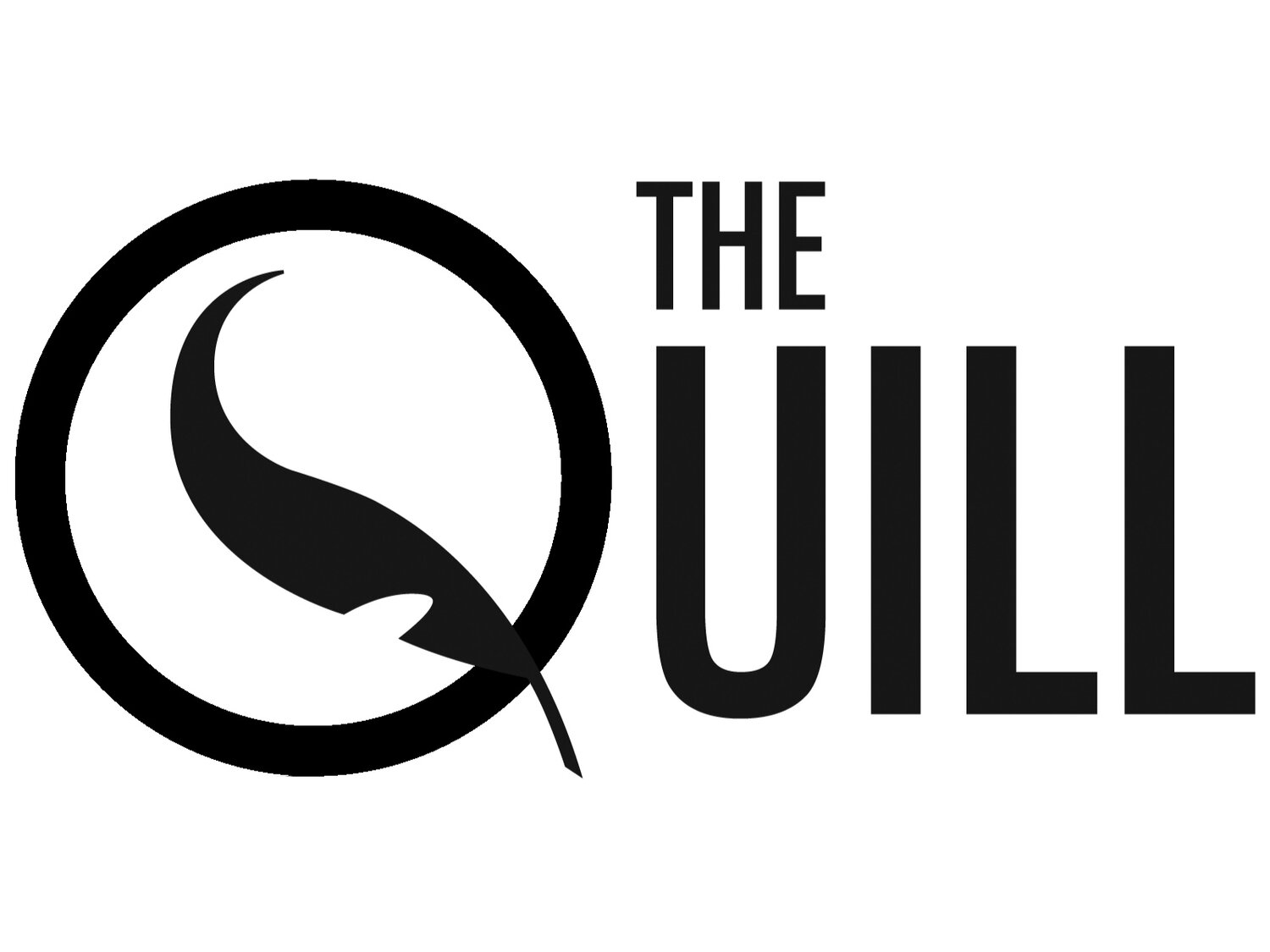Idle No More demonstration on 18th and Victoria on Friday, January 11 (Holly Kalyniuk/The Quill)
On January 1Idle No More demonstration on 18th and Victoria on Friday, January 11 (Holly Kalyniuk/The Quill)1th, Brandon University Aboriginal Student Council hosted an Idle No More event at the intersection of Victoria Avenue and 18th Street. Bundled against the frigid wind and snow, dancers, drummers, community members, Elders, and students from both BU and ACC attended the hour-long rally. Toting banners and signs and chanting with the beat provided by the traditional drummers in the centre of the intersection, protesters young and old alike engaged in a round dance.
The grassroots protest movement Idle No More, the first simultaneous national uprising of First Nations people, was started in early December 2012 in reaction to the omnibus Bill C-45, a 450-page document which, according to First Nations groups, was passed without adequate consultation and communication by the federal government. Beginning as a small uprising in the prairie provinces, Idle No More has caught fire across the nation, largely due to the influence of social media.
While BUASC ceased traffic flow in Brandon for an hour, protestors on January 5th in Marysville, Ontario brought Via Rail trains to a halt, and in Cornwall, Ontario, the International Bridge was forcibly closed for over three hours as 350 protestors passed through.
BUASC president and Brandon’s Idle No More rally coordinator Julia Sinclair disagrees. “This is a peaceful event meant to bring awareness towards the Idle No More movement,” says Sinclair, “an event that unites all Indigenous people and our non-Indigenous supporters to come together and speak out against the federal government.” Yet for many, the big issue isn’t only Bill C-45, or First Nations’ treaty, land, and natural resource rights, or the standards of education and healthcare on reservations across the country, but the preservation of the governance, language, and culture of Indigenous peoples.
Many assert that Idle No More is a human rights movement, in addition to spreading a message of environmental preservation. Groups like the David Suzuki Foundation, World Wildlife Fund, and Greenpeace Canada expressed disappointment in the government, alleging that Bill C-45 “weakens Canada’s environmental laws.” One of the four initiators of The National Day of Solidarity and Resurgence on December 10th, 2012, Sylvia McAdams, says the “bill is about everyone. The changes they are making to the environmental legislation [are] stunning in terms of the protections it will take away from the bodies of water—rivers and lakes, across the country. How can we not be concerned about that?”
One such topic of anxiety is a deal that was struck between the China National Offshore Oil Corporation and the federal government. As a result, another plan, the Foreign Investment Promotion and Protection Agreement (FIPA), is likely to be approved, leading to the instillation of the Enbridge Northern Gateway pipeline spanning thousands of kilometers along the Alberta/British Columbia border. If the project is completed, many communities, First Nations and otherwise, and their waterways could potentially be impacted. A future where Canada’s natural plethora of clean drinking water is deregulated, denationalized and sold in bulk to foreign bidders may no longer be in the far stretches of one’s imagination.
Even as the concept of an uprising is overtly frightening to the Canadian Government, the potential reality of dwindling natural resources should be even more daunting. The subject of the preservation of our country’s natural environment shouldn’t resonate only for anti-globalization activists and environmentalists, but the country as a whole.
Republished from The Quill print edition, Volume 103, Issue 17, January 15, 2013.
